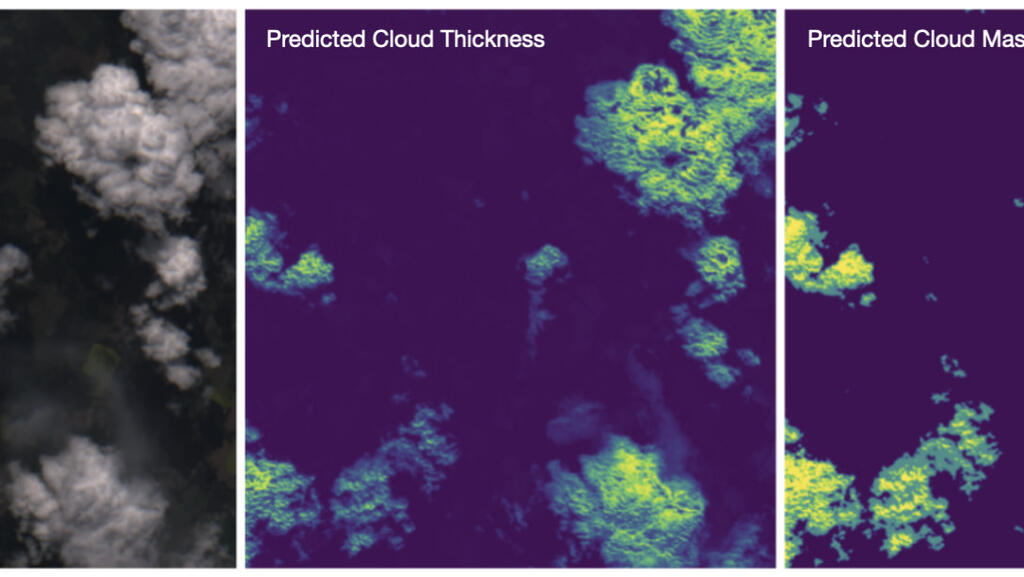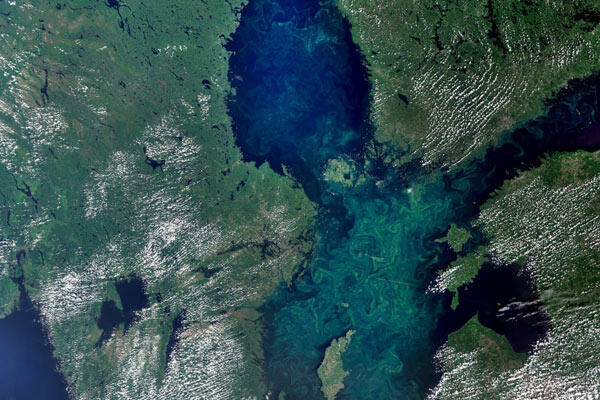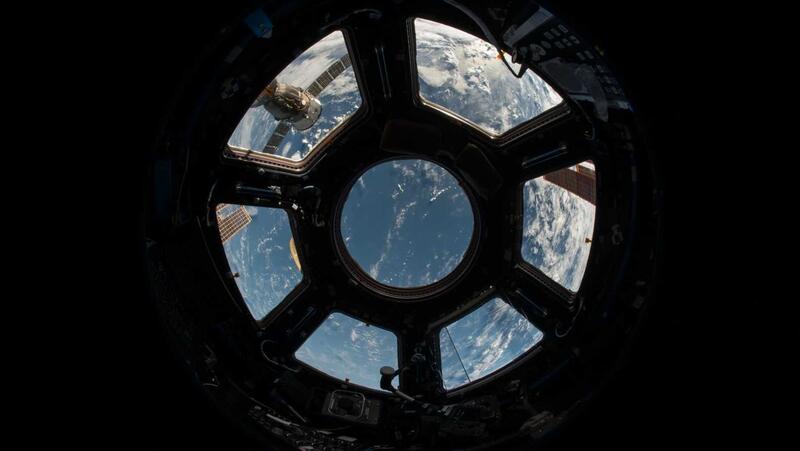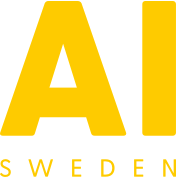Swedish Space Data Lab 2.0
The National Space Data Lab 2.0 (SDL2.0) is a collaborative project led by AI Sweden, RISE, Luleå Technological University (LTU), and the Swedish National Space Agency (Rymdstyrelsen), and funded by the Swedish government agency Vinnova.

Purpose
The objective of this project is to establish a national space data lab that will serve as a central hub for research, innovation, and collaboration focused on the utilization of Earth observations. The project aims to bring together industry, academia, and the public sector to develop new products, services, and knowledge based on the use of space data.
As the primary focus of SDL 2.0, we are currently developing a cloud mask model using machine learning algorithms to improve on the Scene Classification Layer (SCL) provided by ESA in the Sentinel-2 data product L2A.
Challenge
The detection of thin clouds is a well-known challenge and an active area of research in the Earth Observation community (see, for example, Skakun et al., 2022). Accurately identifying thin clouds is crucial for various stakeholders working with space data, not only for atmospheric studies but also to efficiently discard corrupted images and reduce the download and processing time of unnecessary large data chunks. A notable use case that highlights this need is presented by the Forestry Authority in Sweden (Skogsstyrelsen). To monitor the state and size of forested areas in Sweden over time, it is necessary to obtain Earth observations of the same region spanning several months.
However, due to the lack of high accuracy in classifying cloudy versus clear-sky images, a significant amount of time and resources are wasted downloading corrupted images and manually inspecting individual images one by one. While this may appear as a specific case, we believe that accurate cloud mask detection can benefit numerous other stakeholders who are currently facing similar limitations.
Our approach involves training AI-based models using synthetic data from SMHI to estimate the cloud optical thickness. We are currently in the process of validating these models using a dataset from the Forestry Authority in Sweden and other available datasets.
Facts
The results were presented with a poster contribution at the EUMETSAT conference in Malmö in September and in a paper. Code, models, and datasets have also been made publicly available here.
The project concluded in October 2023, but we will start the Swedish Space Data Lab 3.0 in January 2024.



Contact
Would you like to contribute or have any thoughts or questions? Please contact Chiara Ceccobello to learn more.


